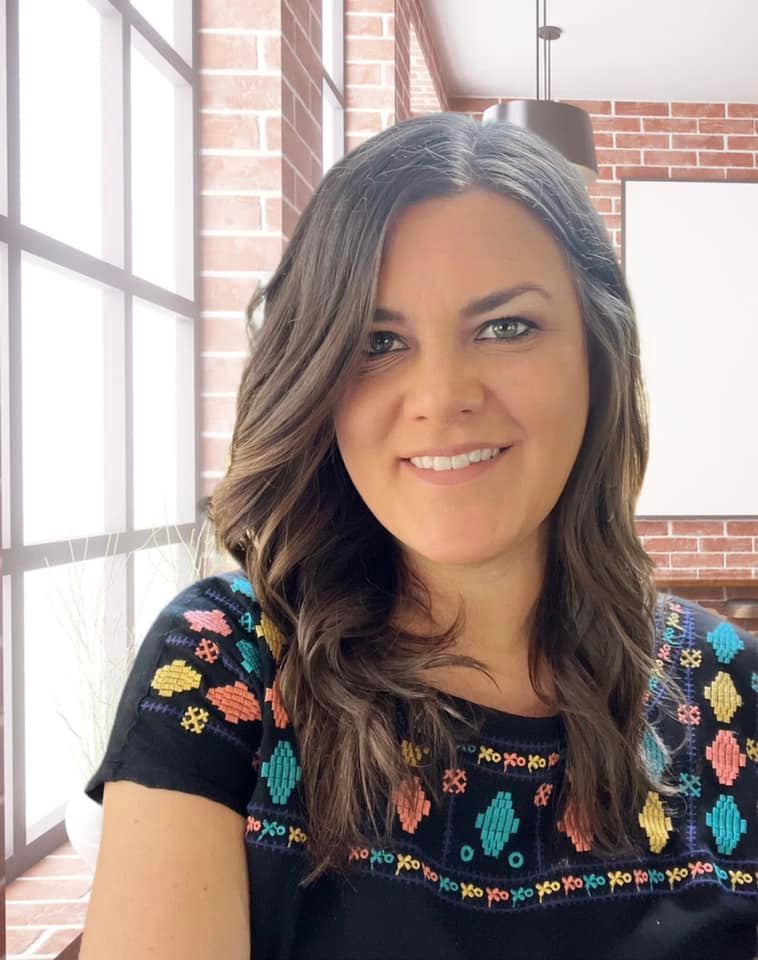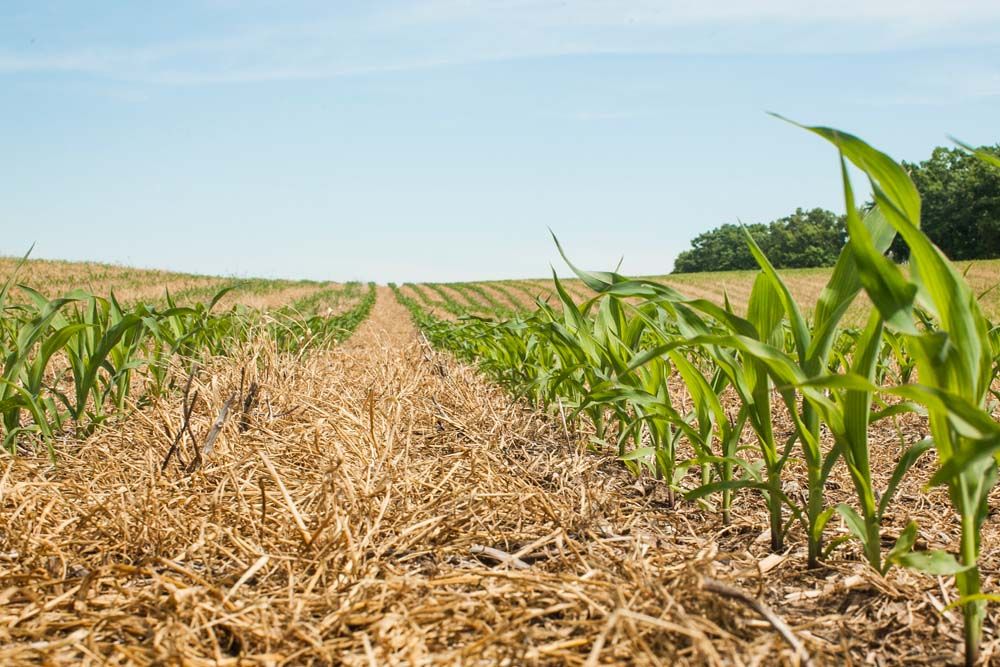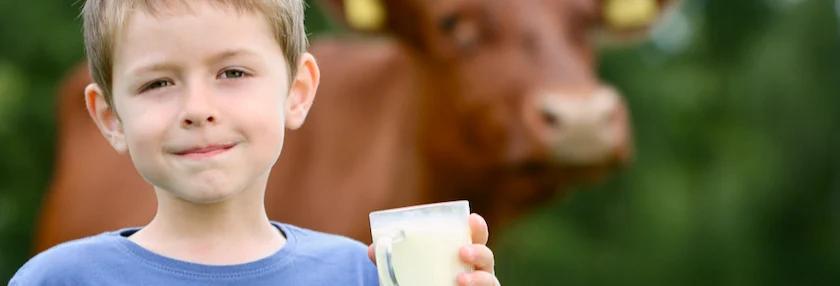Yes, they farm in Alaska!


And it's a farm economy that’s ‘Mother Nature on steroids’
When you think of Alaska, what do you think of? Maybe fishing? Grizzly bears, hunting, hiking and snow?
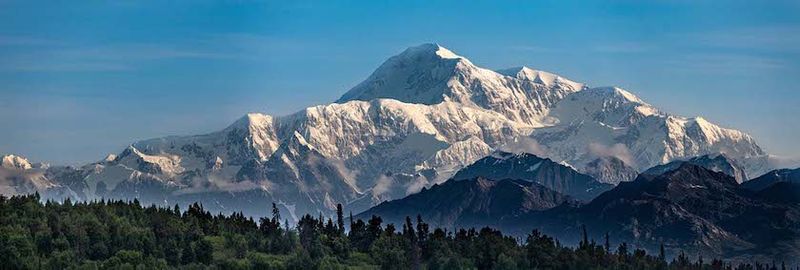
What if I told you Alaska has an amazing agriculture sector?
According to Executive Director of the Alaska Farmland Trust Amy Pettit, Alaska is leading the nation in number of farms, female farmers, and young farmers. And I traveled up there a couple times this past year to be submerged in it.
Perfect for aspiring farmers
The state is trying to raise awareness on just how many opportunities there are in the state for aspiring and existing farmers. Although booming, there’s room for more growth.
For example, the state currently only has three USDA slaughter facilities and three dairy farms.
With about 95% of food imported, locals are eager to buy “Alaskan grown” local foods.
Alaskan-grown products generally cheaper, and the state loves promoting and supporting farmers.
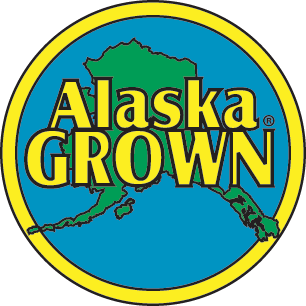
Alaskans are especially susceptible to food security and infrastructure issues and buying local offers big benefits for them. The “Alaska Grown” seal also means jobs and food security for residents.
Business owners are eager for more Alaska grown food…for example, pizza! Cheese is extremely expensive when thousands of pounds of it must be imported.
Just ask Washington-turned-Alaska residents and founders of Alaska Range Dairy, the Plagerman family! They operate one of two Grade A dairies in the state and is a state-inspected Grade A milk processing facility.
The cowboy way
Alaska Farm Bureau president Scott Mugrage is organizing “The Great Alaskan Cattle Drive” where they’re moving 100 cattle for 100 days over 400 miles.
This is the true, authentic “cowboy camp” experience you’ve only dreamed about and seen in movies. Scott is an enthusiast of “cowboy culture Wild West” type lifestyle, and is an Alaskan cattleman and hay farmer himself.
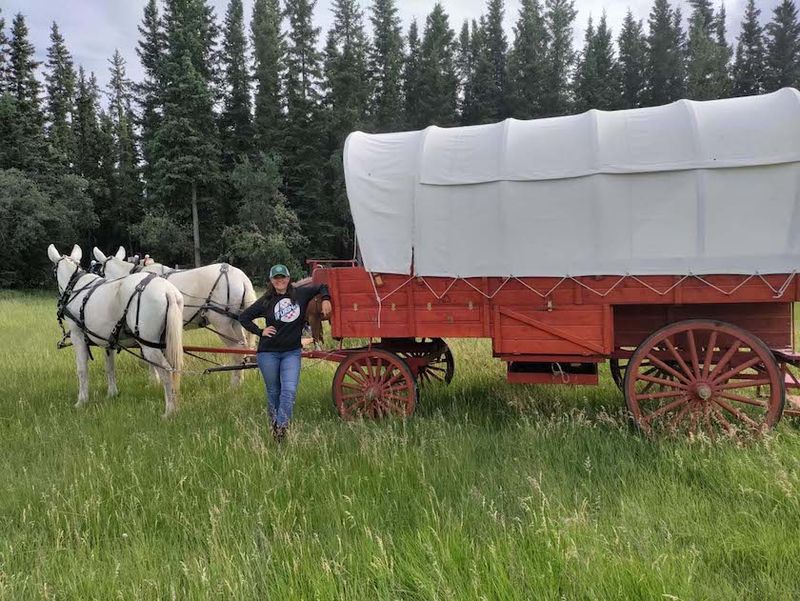
They’re now taking reservations for their 2022 season. Here, you’ll move cattle on horseback through different pastures; cook, sleep, eat and live outside with an authentic chuck wagon to carry your gear and extra comfy personal sleep packs.
Farmers in this area are blessed to see wild buffalo and gorgeous mountain ranges every day and I’m sure the view never gets old. Buffalo and elk are also farmed locally; make sure you try a bison burger while there!
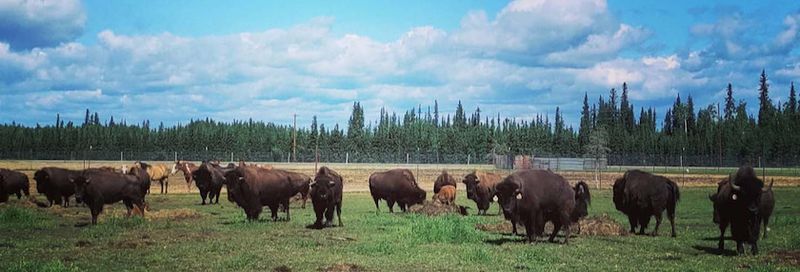
Grains greater than gardening
Part of the Great Alaskan Cattle Drive travels through the barley projects near Delta Junction, about an hour and a half or so southeast of Fairbanks.
Alaska’s barley crop includes thousands of acres of field trials and barley that come from this region where the grain reigns supreme for both human and livestock feed. The Alaska Flour Company grows just enough barley that they know they can sell direct to consumer, which is about 500 acres or so at a time.
The barley is turned into all sorts of local “Alaska Grown” foods like cereal, pancake mix, couscous, brownie mix, and more!
A lot can be grown with rich Alaskan soil and 20+ hours of daylight. Pest pressure may also be lower compared to other more tropical parts of the world, although they do worry about moose eating their crops!
Flavor and nutritional profiles of Alaskan foods are also different compared to other global regions, because long periods of sunlight and soil quality and temperature always play a role in taste.
Daylight plus fertilizer
Ever wonder where many of your flowers come from? Alaska natives are also big into peonies as one example! These big and robust organically grown flowers from Slimtree farm are fertilized with byproducts of the Alaskan fishing industry, like salmon guts!
Local farmers come together to pool resources and have it trucked up from the Southern Coastal region of the state. Here everything is recycled, and fish make for an amazing, natural fertilizer source. Alaska definitely has a booming peony industry.
Alaska may be known for a lot of things, but the next time it’s on your radar for hiking, fishing or more, don’t forget to include agriculture as part of the state’s “Mother Nature on steroids” travel destination.
Tags:The Farm Babe

Acreage Life is part of the Catalyst Communications Network publication family.





